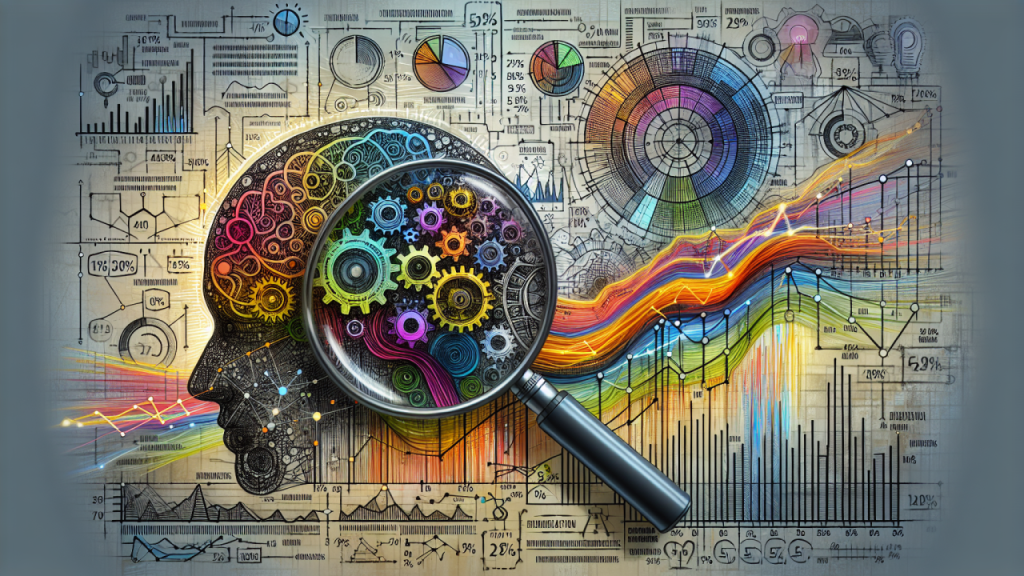When people talk about Artificial Intelligence (AI), the focus is usually on speed, accuracy, and efficiency. But there’s something just as important that often gets overlooked: the social side of AI. The way AI interacts with people, the trust it builds (or breaks), and the fairness it upholds are all part of its real-world impact — and these are things no algorithm can figure out on its own.
This is exactly why I believe Design Thinking is such a powerful approach when it comes to developing AI solutions. It forces us to slow down, step into the shoes of real people, and ask better questions before jumping to code or product features.
Why Should We Care About AI’s Social Side?
AI is no longer sitting in the background — it’s making decisions that affect real lives every day. Whether it’s helping a bank approve a loan, screening job applications, suggesting products, or assisting with mental health conversations, AI has a social footprint.
If we’re not careful, AI can reinforce bias, exclude voices, or even make people feel invisible. Design Thinking helps put human feelings, fairness, and trust at the center of the development process, not as an afterthought.
How Design Thinking Fits In
Here’s how I see Design Thinking shaping better AI, one step at a time:
🧠 Empathize
Start with people. Go beyond user data and sit with the actual stories, concerns, and emotional needs of the humans using or affected by your AI. This opens your eyes to problems you might not spot from behind a desk.
🧾 Define
Once you’ve listened, reframe the problem in human terms. For example:
“How might we design AI that treats every applicant fairly, regardless of background?”
Not: “How do we automate hiring?”
That small shift in the question makes all the difference.
💡 Ideate
Now it’s time for creative thinking. What features, functions, or principles could make the AI more transparent, more inclusive, or more respectful of human values?
⚙️ Prototype
Build simple versions of your AI product that don’t just focus on whether the tech works — but whether it connects with people, earns their trust, and meets their emotional needs.
🔍 Test
Testing shouldn’t just be about whether your AI “gets it right” technically. It should focus on whether users feel safe, heard, and respected when they interact with it.
A Simple Example: AI and Mental Health
Imagine an AI chatbot designed to support mental health. If it’s built purely for speed and precision, it might give technically correct advice but still sound cold, robotic, or even insensitive.
A Design Thinking approach would ask:
- Does this chatbot feel like it understands human emotion?
- Does it communicate in a way that offers comfort?
- Can it adapt to people from different backgrounds and cultures?
That’s the social side of AI. It’s about care, not just code.
Why This Matters for the Future
If you want people to adopt AI and use it with confidence, it has to be designed for humans first, not machines. Design Thinking helps us check our assumptions, listen more deeply, and create technology that doesn’t just solve problems — but actually improves lives.
In a world that’s increasingly automated, empathy and human-centered thinking are the real game changers.
Thanks for reading — I’d love to hear your thoughts. How do you see Design Thinking shaping the future of AI?

